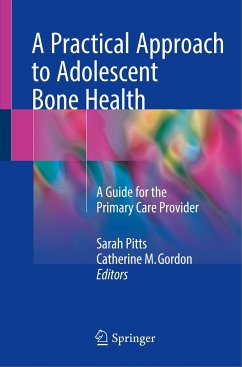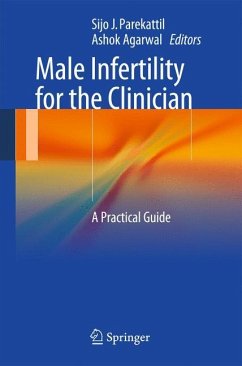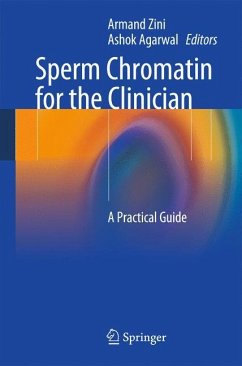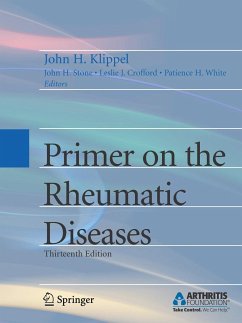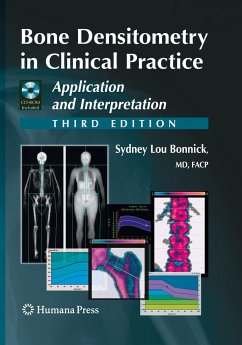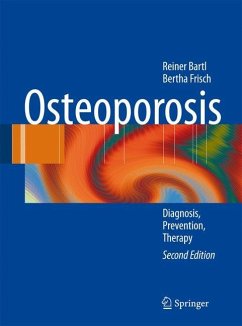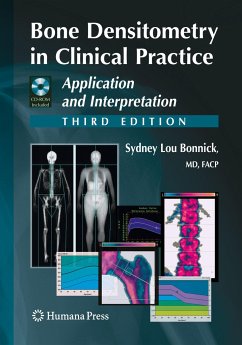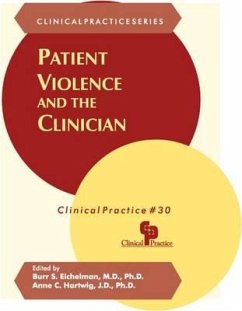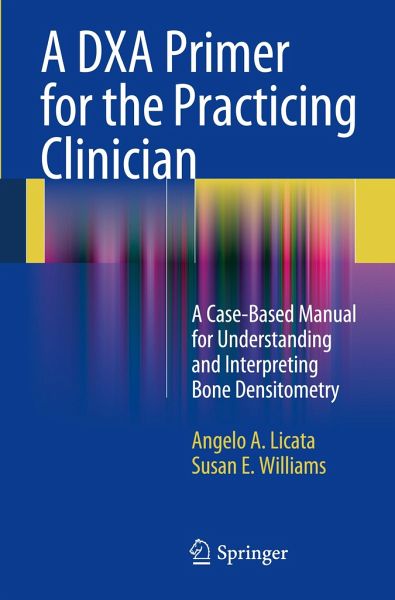
A DXA Primer for the Practicing Clinician
A Case-Based Manual for Understanding and Interpreting Bone Densitometry

PAYBACK Punkte
38 °P sammeln!
Despite public perception, osteoporosis remains a widespread, devastating disease, and a very serious and costly public health threat. Early detection and treatment must be a priority for primary health care providers. Dual-energy X-ray absorptiometry (DXA) is the principal x-ray technology used to diagnose osteoporosis in its early, asymptomatic stages, to assess treatment efficacy, and to guide treatment decisions. It remains the gold standard today. A DXA Primer for the Practicing Clinician: A Case-Based Manual for Understanding and Interpreting Bone Densitometry is developed around real ca...
Despite public perception, osteoporosis remains a widespread, devastating disease, and a very serious and costly public health threat. Early detection and treatment must be a priority for primary health care providers. Dual-energy X-ray absorptiometry (DXA) is the principal x-ray technology used to diagnose osteoporosis in its early, asymptomatic stages, to assess treatment efficacy, and to guide treatment decisions. It remains the gold standard today. A DXA Primer for the Practicing Clinician: A Case-Based Manual for Understanding and Interpreting Bone Densitometry is developed around real cases of patients' DXA measurements. The content is derived from presentations given by the authors at a national society training course and exemplifies not only the complete body of education provided through these lectures but the full range of previously undiscussed nuances as well. This practical, easy-to-read title provides the day to day problems of DXA usage that new users may encounter and that training courses do not have time to provide in detail. The central focus of the book is the presentation of what is normal and what is problematic in the use of DXA, depicting various scenarios with real case histories of patients, their corresponding DXA images and the data that explain the problems. Unique in approach and presentation, this case-based manual will be of immense value to all practitioners -- and students - interested in providing optimal diagnosis and treatment of osteoporosis.





